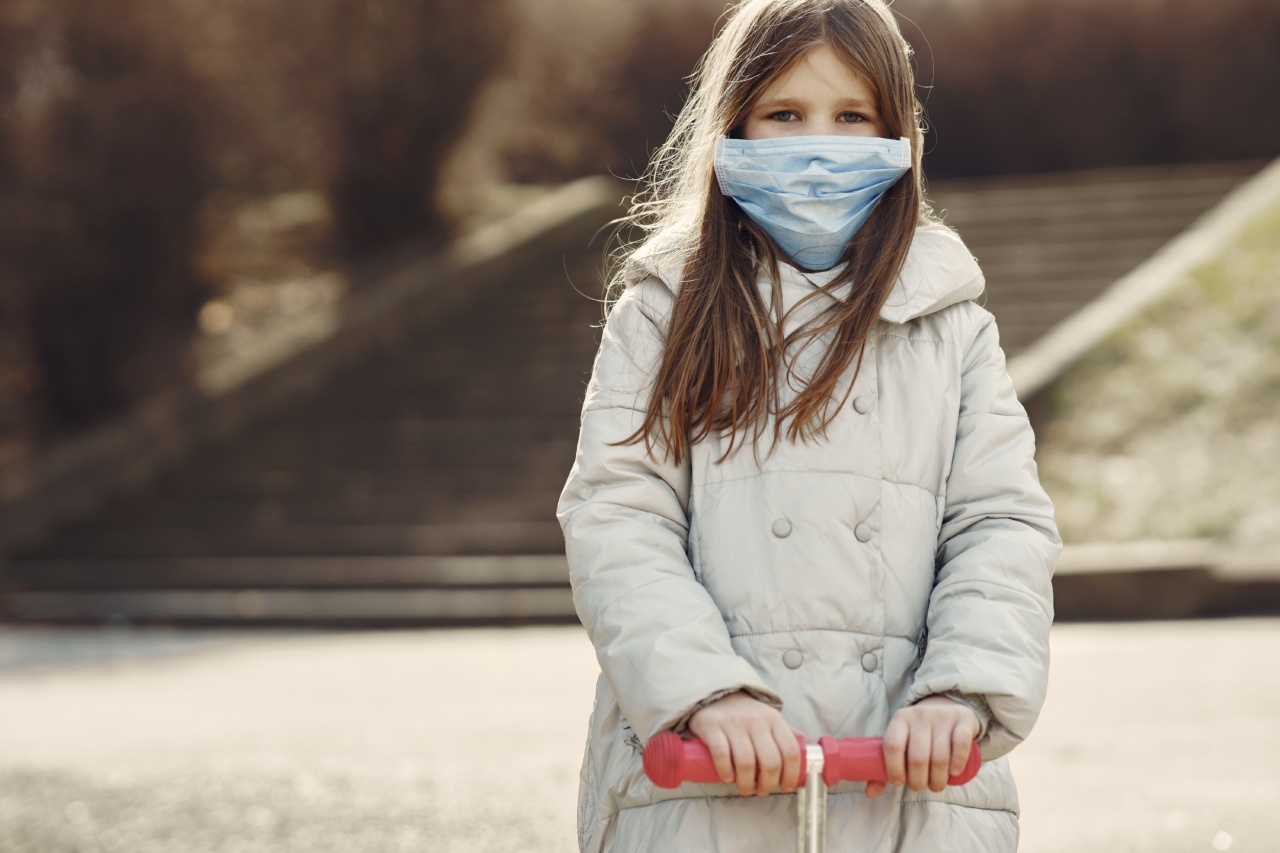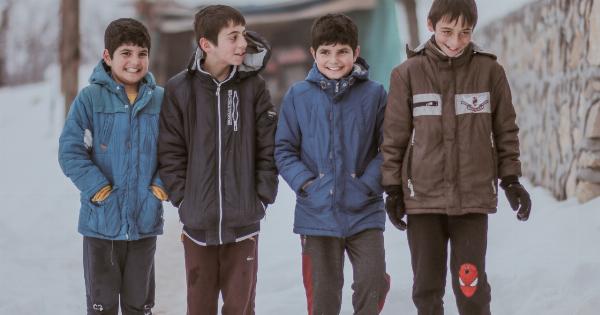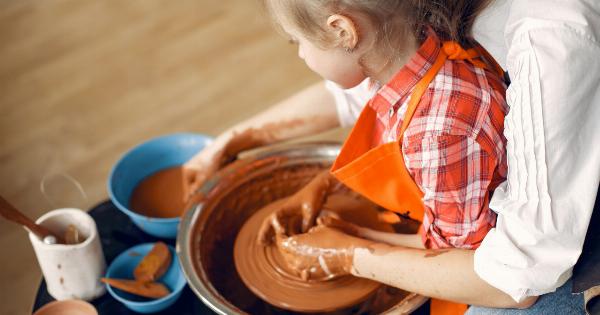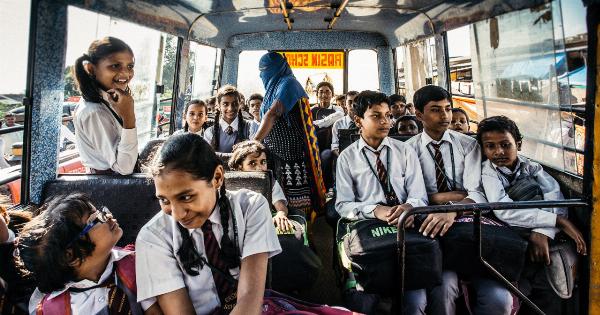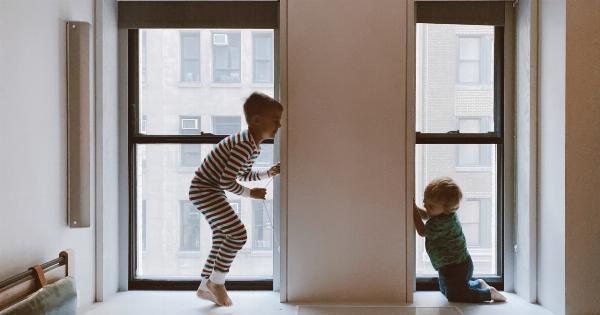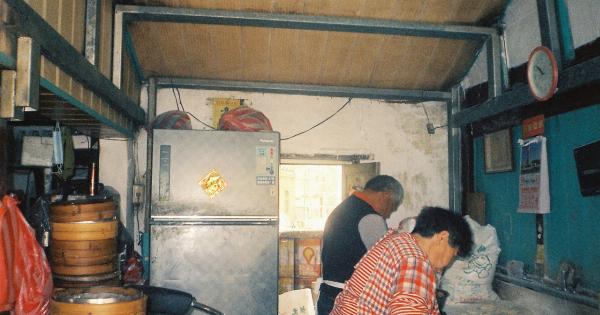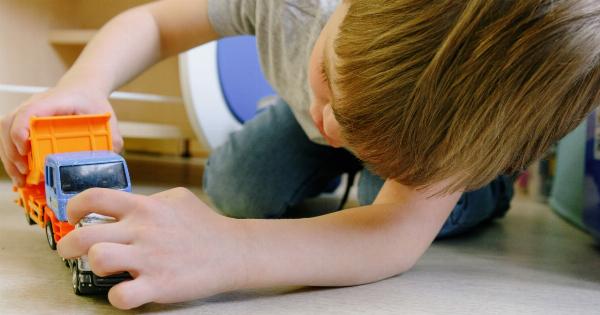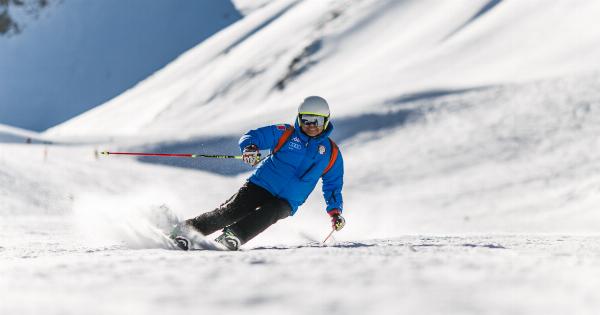Winter brings a magical time for children to enjoy outdoor activities like sledding, skating, and building snowmen. However, it’s essential for parents to prioritize safety during these chilly months.
By taking the necessary precautions, you can ensure your children have a blast while staying safe. Here’s a comprehensive guide on keeping kids protected during winter activities.
Dress for Success: Layer Up!
Proper attire is crucial in keeping children warm and protected from the cold. Layering is the key to maintaining body heat and preventing hypothermia or frostbite. Follow these recommendations:.
1. Base Layer
Start with a moisture-wicking base layer to keep your child dry and comfortable. Opt for lightweight and breathable materials like polypropylene or thermal fabric.
2. Insulation Layer
Add an insulation layer to trap body heat. Fleece jackets or sweaters are ideal choices. Avoid cotton as it retains moisture.
3. Outer Shell
Select a waterproof and wind-resistant outer shell to protect against snow, rain, and wind. Look for jackets and pants with adjustable cuffs, hoods, and waistbands to provide a snug fit.
Don’t Forget the Accessories!
To ensure complete protection, here are some essential winter accessories:.
4. Hats, Scarves, and Balaclavas
Avoid heat loss through the head by covering it with a snug-fitting hat. Protect the face, neck, and ears using scarves or balaclavas.
5. Gloves or Mittens
Choose waterproof and insulated gloves or mittens to keep hands warm and dry. Mittens may offer better warmth, while gloves allow for more dexterity.
6. Warm Socks and Boots
Invest in moisture-wicking, thick socks to keep little feet warm and dry. Opt for waterproof and insulated boots with good traction to prevent slips.
7. Goggles and Sunglasses
If your child enjoys skiing or snowboarding, goggles or sunglasses with UV protection are essential. They shield the eyes from harmful UV rays and snow glare.
Know Your Limits: Outdoor Time and Temperature
It’s crucial to be aware of weather conditions and know when it’s safe for children to play outside. Keep the following in mind:.
8. Set Time Limits
Limit your child’s outdoor playtime, especially in extreme cold or windy conditions. Regularly check on them to ensure they’re not experiencing discomfort.
9. Wind Chill Factor
Take into account wind chill factor when determining outdoor playtime. Wind chill makes the air feel colder and increases the risk of frostbite. Use a wind chill chart or smartphone app to gauge the severity of the weather.
10. Temperature Guidelines
The American Academy of Pediatrics recommends that children should not play outside if the temperature falls below 13°F (-10°C) or the wind chill factor reaches -10°F (-23°C).
Stay Hydrated and Snack Smart
Staying hydrated and properly fueled during winter activities is just as important as in warmer months. Here are some tips to remember:.
11. Hydration is Key
Even though we may not feel as thirsty in cold weather, it’s essential to keep children hydrated. Cold, dry air can cause increased fluid loss through respiration. Encourage regular water breaks, preferably with a warm drink.
12. Healthy Snacks
Provide your child with nutritious snacks to maintain energy levels. Granola bars, trail mix, fruit, and hot soups are excellent choices. Avoid sugary snacks that provide short bursts of energy.
Safety First: Winter Gear and Equipment
Ensure all winter gear and equipment are in top condition to avoid accidents and injuries:.
13. Check Sleds and Toboggans
Before hitting the slopes, inspect sleds and toboggans for any cracks or damage that could pose a risk. Make sure they have secure handles and are free of sharp edges.
14. Helmets for Winter Sports
If your child participates in activities like skiing, snowboarding, or ice skating, a properly fitted helmet is a must. Protect their head from potential injuries and concussions.
15. Ice Skates and Ski Boots
Ensure ice skates and ski boots fit correctly and provide ankle support. Loose or uncomfortable footwear can lead to accidents and ankle sprains.
Knowledge is Power: Teach and Supervise
Empowering your child with knowledge and supervising their winter activities will keep them out of harm’s way:.
16. Teach Proper Techniques
Whether it’s sledding, skiing, or skating, teach your child the proper techniques and safety rules for each activity. This includes how to fall correctly, how to stop, and how to avoid obstacles.
17. Adult Supervision
Always have a responsible adult supervising outdoor winter play. They can keep an eye on the children, ensure they follow safety guidelines, and provide immediate assistance if needed.
18. Buddy System
Encourage your child to participate in winter activities with a friend or sibling. The buddy system adds an extra layer of safety and ensures immediate help is available if required.
Stay Visible: Reflective Gear and Lights
Visibility is crucial during winter activities, especially when it gets dark earlier. Here’s how to make your child more visible:.
19. Reflective Clothing or Accessories
Dress your child in reflective clothing or accessories, such as jackets, hats, or backpacks. Their visibility will be significantly enhanced, reducing the risk of accidents.
20. Use Lights
Attach reflective lights or LEDs to your child’s clothing or gear. This is particularly important for activities like night skiing or walking in low-light conditions.
Winter activities provide endless opportunities for joyful memories. By following these safety guidelines, you can ensure your children stay warm, protected, and safe during their frosty adventures.
Embrace the glistening landscapes and create magical moments while keeping safety as the top priority!.
